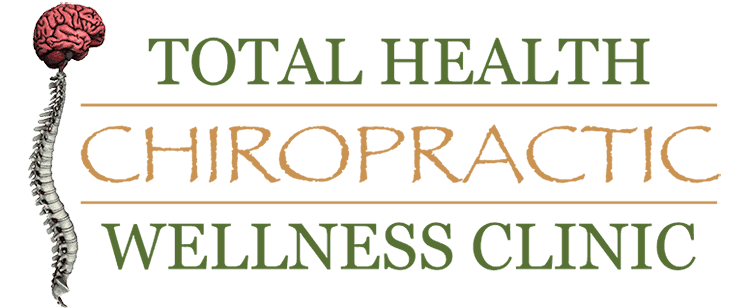Exhibiting good posture pleases the eyes and speaks volumes about a person’s attention to detail. Good posture stands out so dominantly today because of the rarity with which people concern themselves with this important aspect of total body health. Increased amounts of time on phones and computers for males and females of all ages play a huge role in the poor posture epidemic.
Centuries of mothers and grandmothers collectively cringe at the visual landscape of poor posture roaming through society. Family matriarchs often demand better posture due to the poor appearance of slouching and hunching but the true effects of poor posture impact overall health and well-being more than appearances.
 In 2015, the Annals of Internal Medicine journal, stated “prolonged sedentary time was independently associated with deleterious health outcomes regardless of physical activity” with “a greater risk for all-cause mortality, cardiovascular disease incidence or mortality, cancer incidence or mortality (breast, colon, colorectal, endometrial, and epithelial ovarian), and type 2 diabetes in adults.”
In 2015, the Annals of Internal Medicine journal, stated “prolonged sedentary time was independently associated with deleterious health outcomes regardless of physical activity” with “a greater risk for all-cause mortality, cardiovascular disease incidence or mortality, cancer incidence or mortality (breast, colon, colorectal, endometrial, and epithelial ovarian), and type 2 diabetes in adults.”
In 2018, the American Journal of Public Health, reported “compared with lower volumes of sitting (e.g., < 4 hours/day), high volumes of sitting (e.g., > 8 hours/day) have been found to be associated with adverse health outcomes. The strongest risk estimates have been observed for type 2 diabetes.”
A 2004 study concluded that slumped forward shoulder posture (hyperkyphosis) specifically associated with an increased rate of death due to atherosclerosis. Atherosclerosis impacts the arteries characterized by the deposit of plaques on the inner walls of the vessels. These important findings illuminate the value of good posture habits and measures. The threat of a back or neck pain problem represents only a portion of the health risks involved with bad posture. Many negative health outcomes associated with poor posture involve internal issues related to organs and systems, such as increased death rates due to atherosclerosis.
Optimal posture is associated with better functionality, yet most people experience a deterioration of good posture of varying degrees. Most people only focus on posture as it pertains to cosmetics and appearances, unaware of the negative impact on organ function.
Regular Chiropractic adjustments help optimise the spine and posture as it relates to function, and better education serves to share the postural benefits Chiropractic care offers every member of the family. Every Chiropractic technique helps improve posture by correcting areas of spinal stress called subluxations.
Other keys to improving posture include:
- Make simple changes to the home or work station which ensures good posture and spinal support when sitting in front of a computer
- Watch less TV
- Take 2 brief walks per day – studies show that more frequent brief walks provide better benefits than one longer walk (set a reminder to take 2 to 3 brief walks per day)
- Interrupt prolonged sitting by standing 5 minutes per 30 minutes of sitting
- Maintain regular Chiropractic visits to ensure better alignment and nervous system balance
- Drink more water throughout the day to lubricate the body’s discs and joints while forcing more movement with regular trips to the bathroom
References:

